For the first time the now-iconic Yakuza series is on a Nintendo platform. To an extent you could question just who this port of Yakuza Kiwami is for, as it is obviously a drop down in fidelity over what is available elsewhere. On the other hand, this has been an excuse to drop back into one of my favourite series of all time, so I’m not exactly complaining. Being able to savour Kiryu’s first chapter on the Switch’s OLED has still been wonderful, even if the series itself has well eclipsed what this title offers.
Related reading: On the Yakuza series and its relationship to cinema of the 60s.
For those of you who haven’t played a Yakuza title before (I suspect that that would be relatively few of DDNet’s readers, but still). The Yakuza series – and by extension Kiwami – is predominantly two things. Firstly, they are hardboiled noir stories of deeply flawed people making their way through the labyrinthine politics of the Japanese organised crime underworld.
As this analysis puts it nice and succinctly: “The world according to noir heroes is gritty, decadent, sleazy and corrupt. One almost wishes to project an almost eastern philosophical bent to their prose, echoing the Buddhist maxim “life is suffering.” But whereas Buddhism and Hinduism seek holistic release from cyclical torture, the noir protagonist (or pro-no, which I hope isn’t an offensive way to describe the noir heroes in shorthand) always dives back in, seemingly to almost relish the experience.” This certainly describes what happens in the Yakuza series, as the deeply flawed characters involved keep on getting involved, however reluctantly they might appear to be at times.
Then, while being involved they take full advantage of the fact they’re not participants in decent society. They drink. They gamble. They enjoy the pleasures of the flesh and hostess clubs. They get involved in brawls for the sake of it. The fictional-yet-based-on-real city of Kamurocho is a Babylon of excess and vice, where horrible things happen and rival gangs compete to get to the bottom of it all, and do so in the most horrible ways they can. As far as the noir genre is concerned, Yakuza is the video game equivalent of Raymond Chandler’s output – there is nothing finer in the medium.
Somehow this dark, gritty, violent and decadent backdrop melds perfectly with the other side of Yakuza: It has a wicked, surreal sense of humour. When you’re not doing horrible things in pursuit of the main narrative, you’re encouraged to take time out in the small yet packed open world to find and complete side stories, which are almost always ridiculously over-the-top. These stories provide a breath of relief to a main narrative that might otherwise become too intense, and they help to humanise protagonists that would otherwise be too far down the anti-hero rabbit hole to connect with players.
This seeming contrast between the darkly serious and wickedly funny shouldn’t work, on paper. If almost any other creative team tried, they would fail to pull it off. It only works in Yakuza because the writing is so perfectly crafted, the sense of timing so immaculate, and the design of the game so careful.
That Yakuza is such a flawlessly constructed product is precisely why Yakuza Kiwami is a little disappointing on Switch, however understandable the concessions are. Firstly, the cut scenes are every bit as pristine as they are in other versions of the game. However, once you take control of Kiryu, there’s noticeably less detail in the environments and character models, making the gap between cinematics and in-game moments more noticeable than you’d typically like to see.
That’s just an aesthetic foible, and so too is the pop-up, which is pretty extreme. While buildings and people mill about at any distance, smaller details like trash cans, bikes and the like will appear out of nowhere, just metres from your character, which becomes pretty distracting, even if it isn’t detrimental to the gameplay.
What is detrimental to the gameplay is the framerate. I think at this point most people know that I’m forgiving on framerates. I usually don’t care if it’s 30 frames or 60. As long as I can play the game I’m willing to overlook technical issues like that. Unfortunately, Kiwami struggles to maintain any baseline frame rate with any consistency, and because this is a fast-paced action brawler, those frame drops can result in Kiryu’s face hitting the concrete. There are a couple of areas where this gets particularly bad to the point you could almost argue that it should count as genuinely unplayable. Almost. The game skirts with utter disaster and only just barely gets by.
These technical issues sound like a lot to deal with, and they are. While it’s wonderful that Yakuza Kiwami is on Nintendo for the first time, it’s not quite as remarkable as when developers managed to somehow squeeze The Witcher 3, NieR: Automata, or Persona 5 onto the console.
I guess now we need to hope and pray that SEGA, firstly, is rewarded with enough unit sales and, secondly, isn’t put off by the relatively muted response this port got. Yakuza Kiwami is an excellent game, and if this is the start of the entire series making its way to the Switch 2 then it’s still worth having it on the device in the interest of completion. It’s a solid 5-star game that unfortunately is just a bit too much for the Switch to do full justice to.
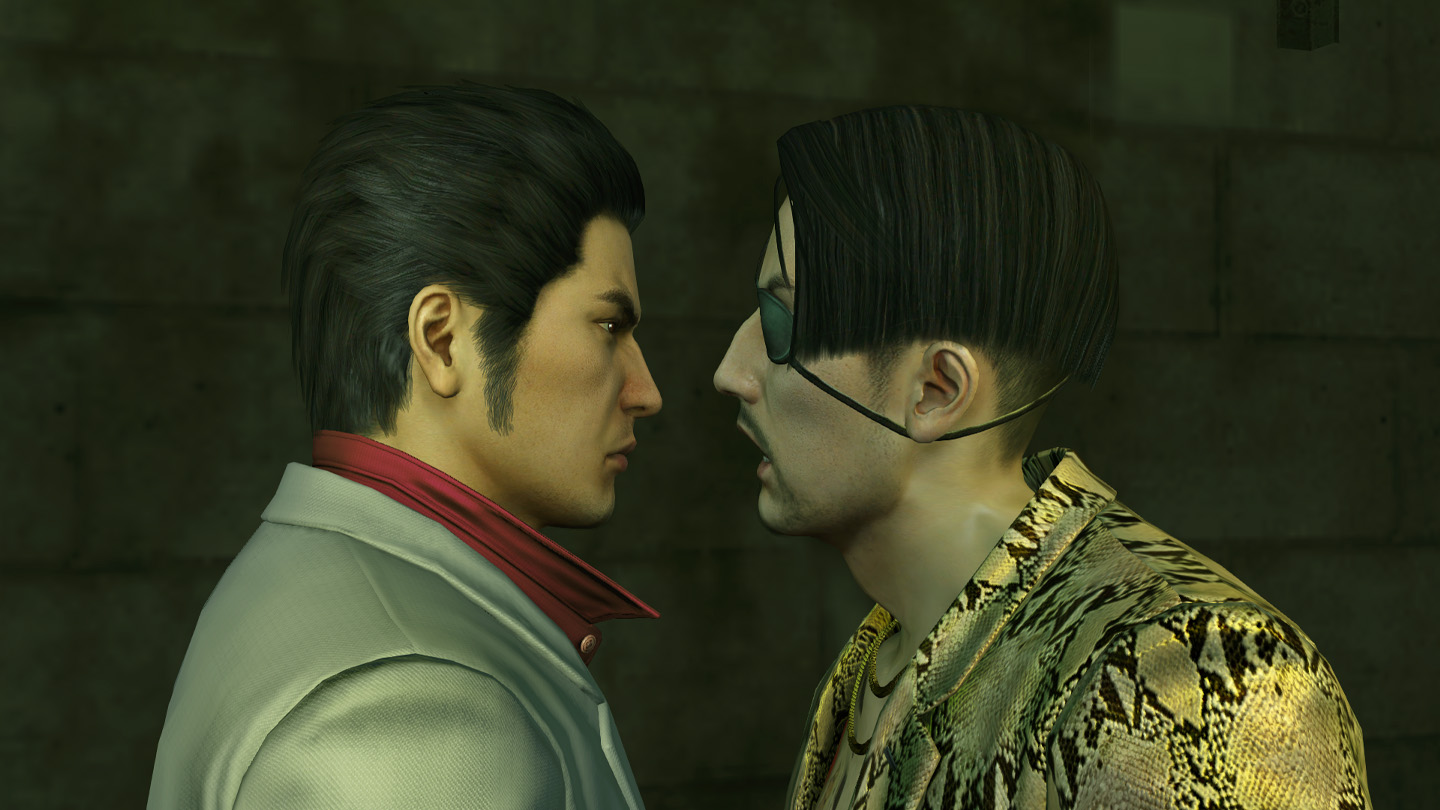

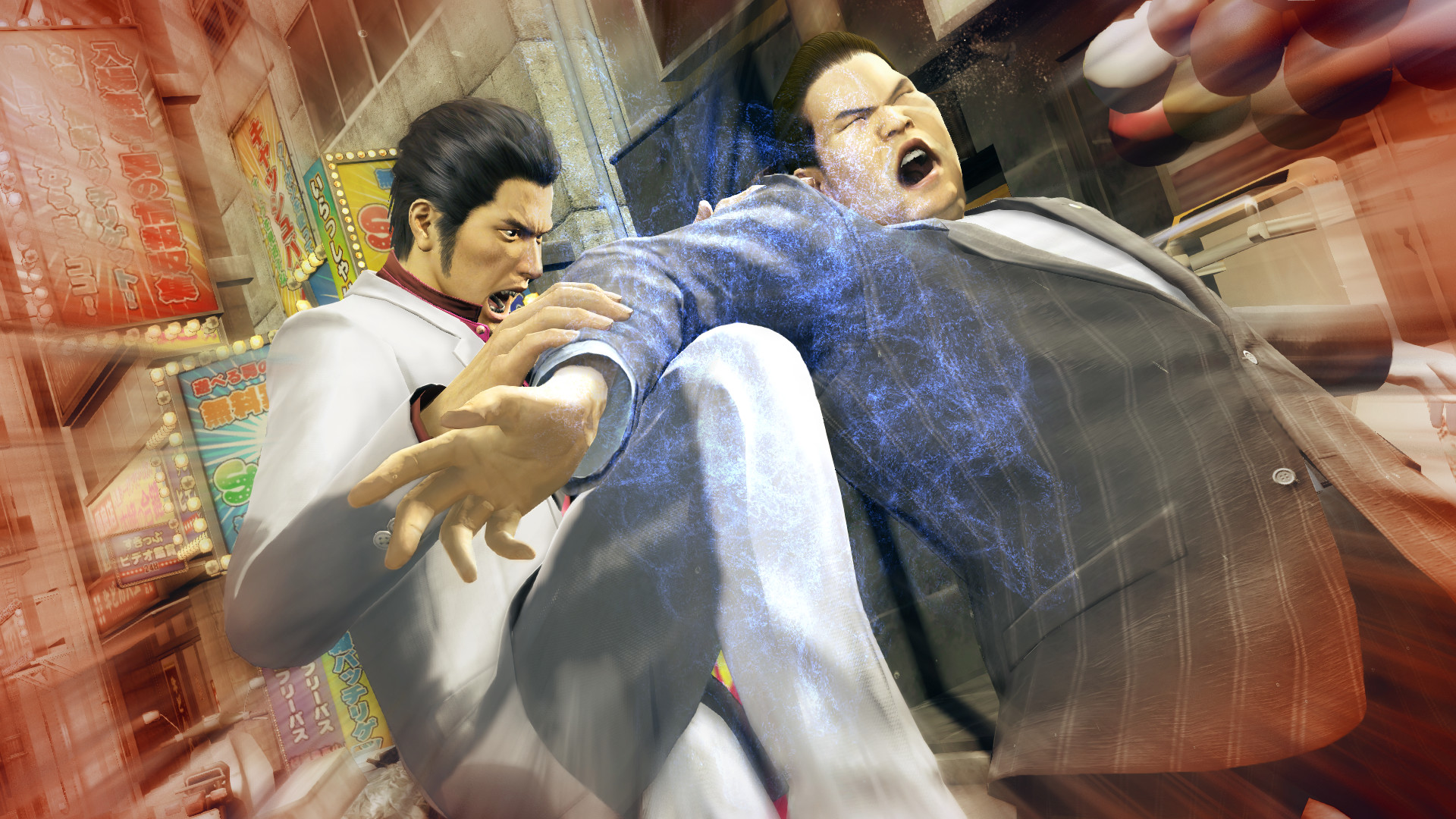
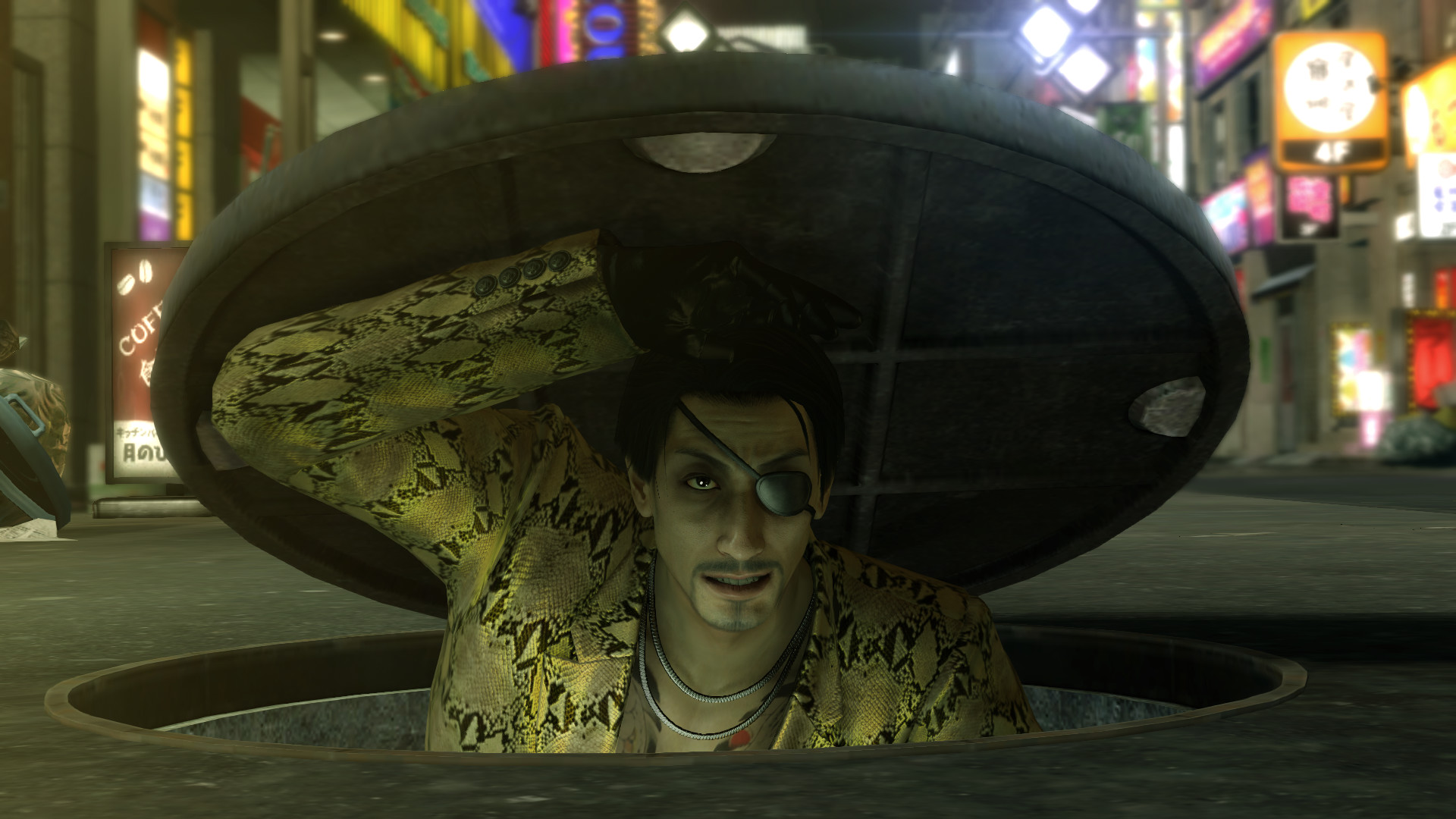
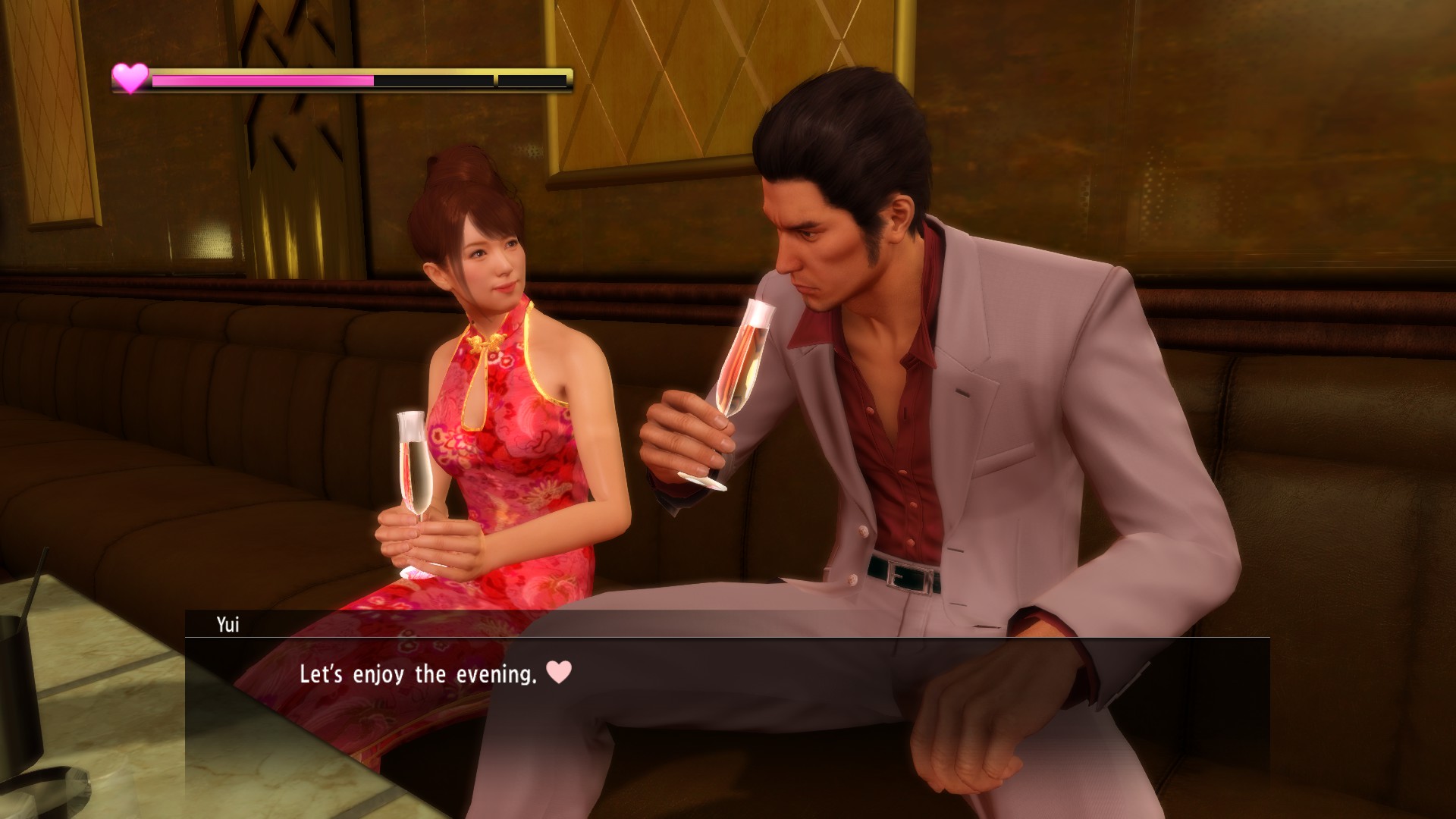

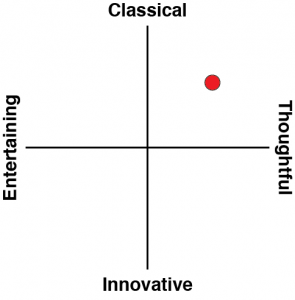
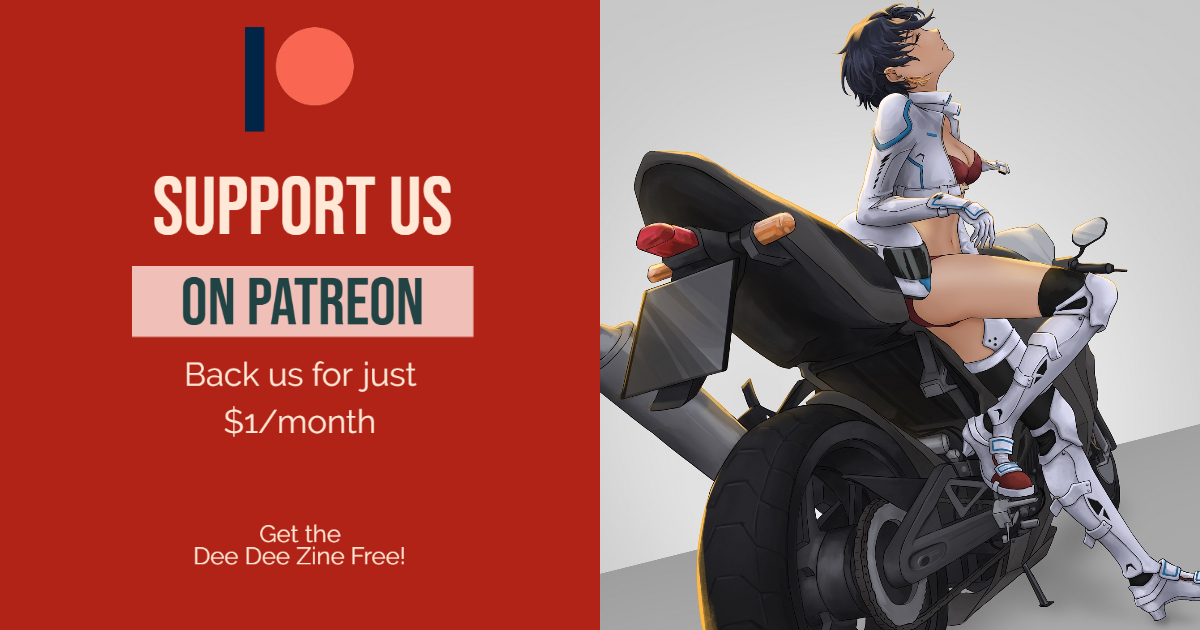



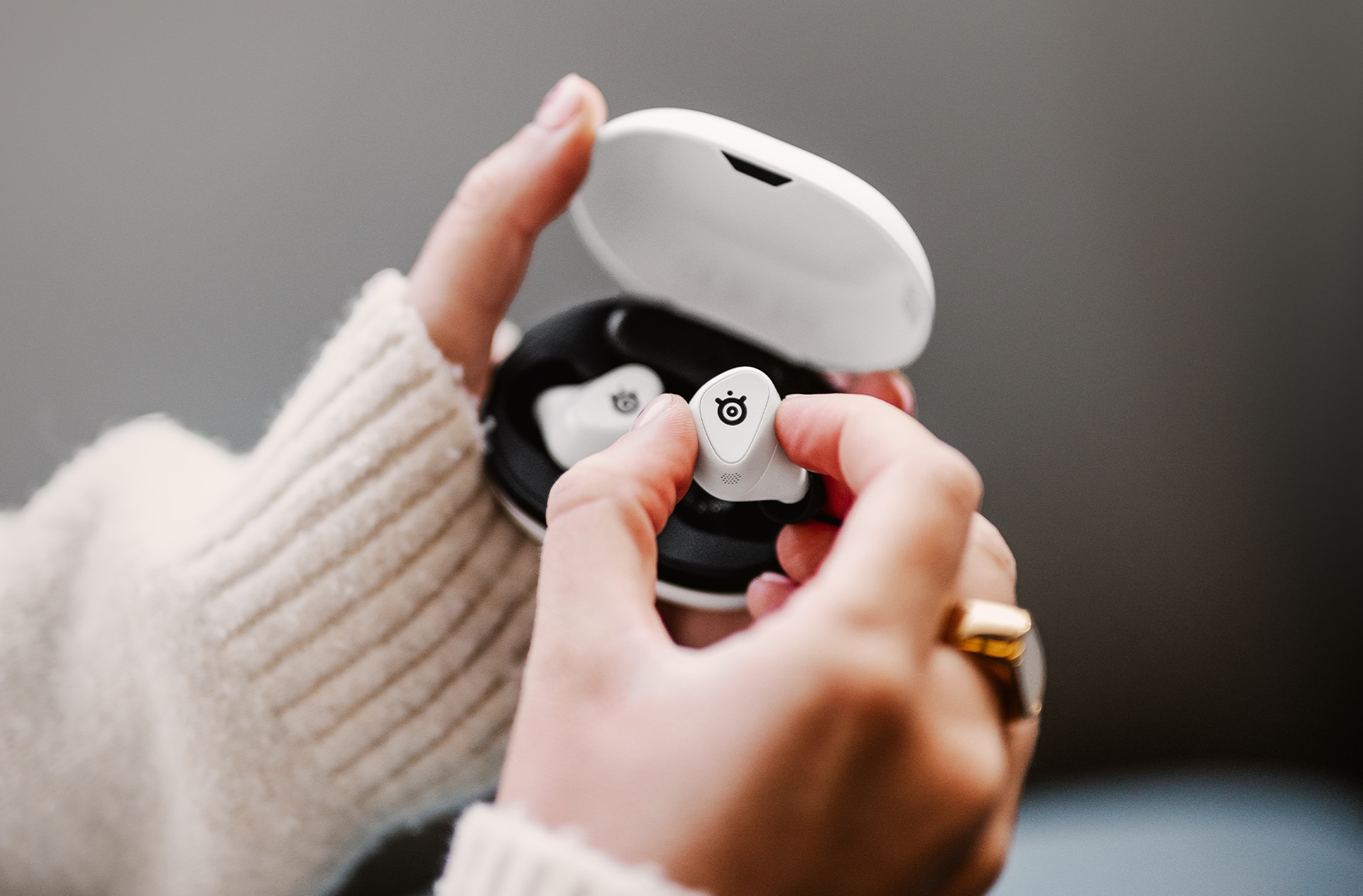
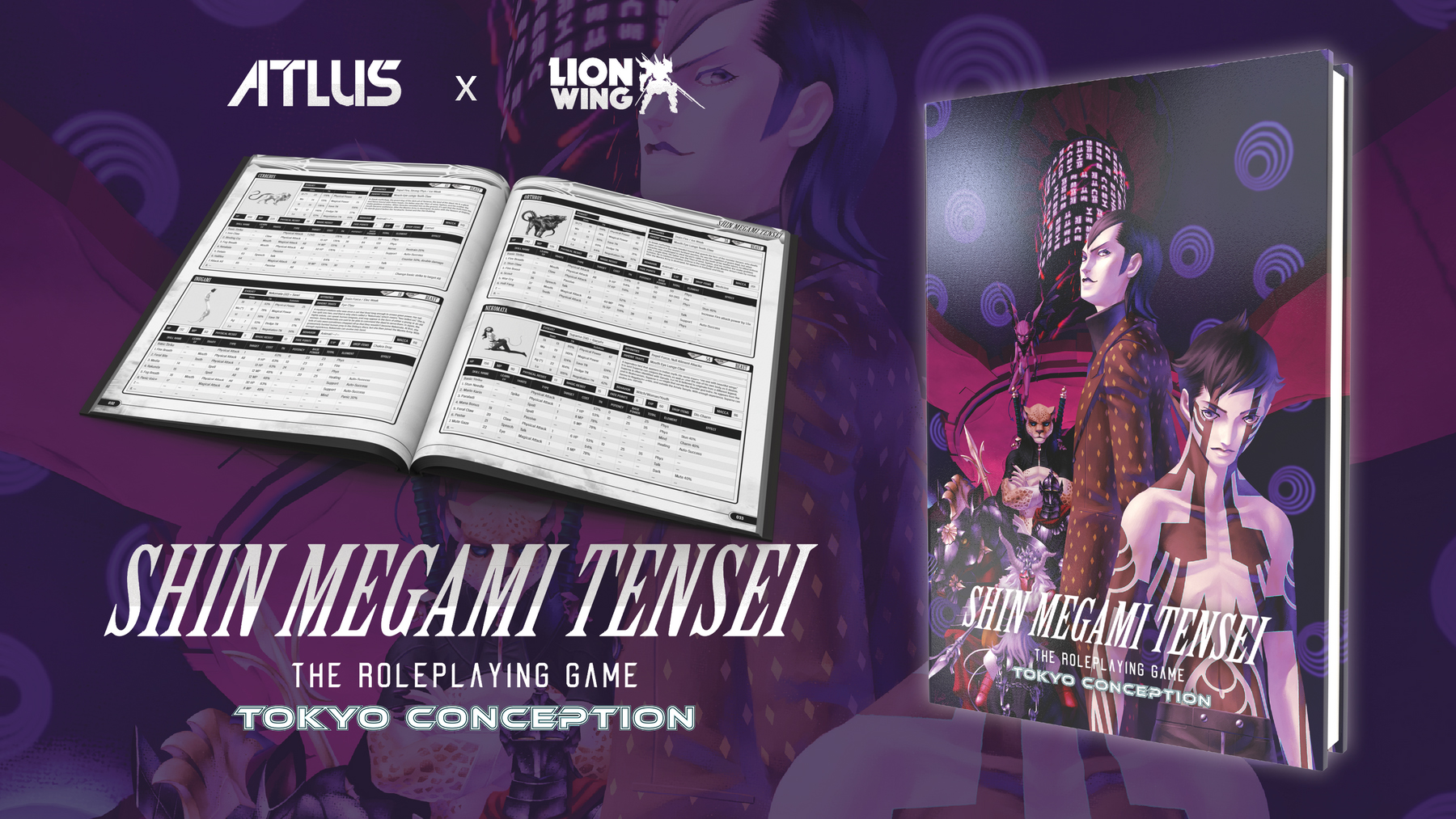


Love the review and the series, and yes that framerate sure stumbles in some of the fights. Just thought I’d bring up that this is not the first time Yakuza is on a Nintendo platform. There was a release for Wii U in Japan only of a HD version of the first two PlayStation 2 games.
Ah yes, of course. Thank you for reminding me of that. I had forgotten about it as a Japan-only release. I would have snapped that up on my Wii U in a heartbeat lol.